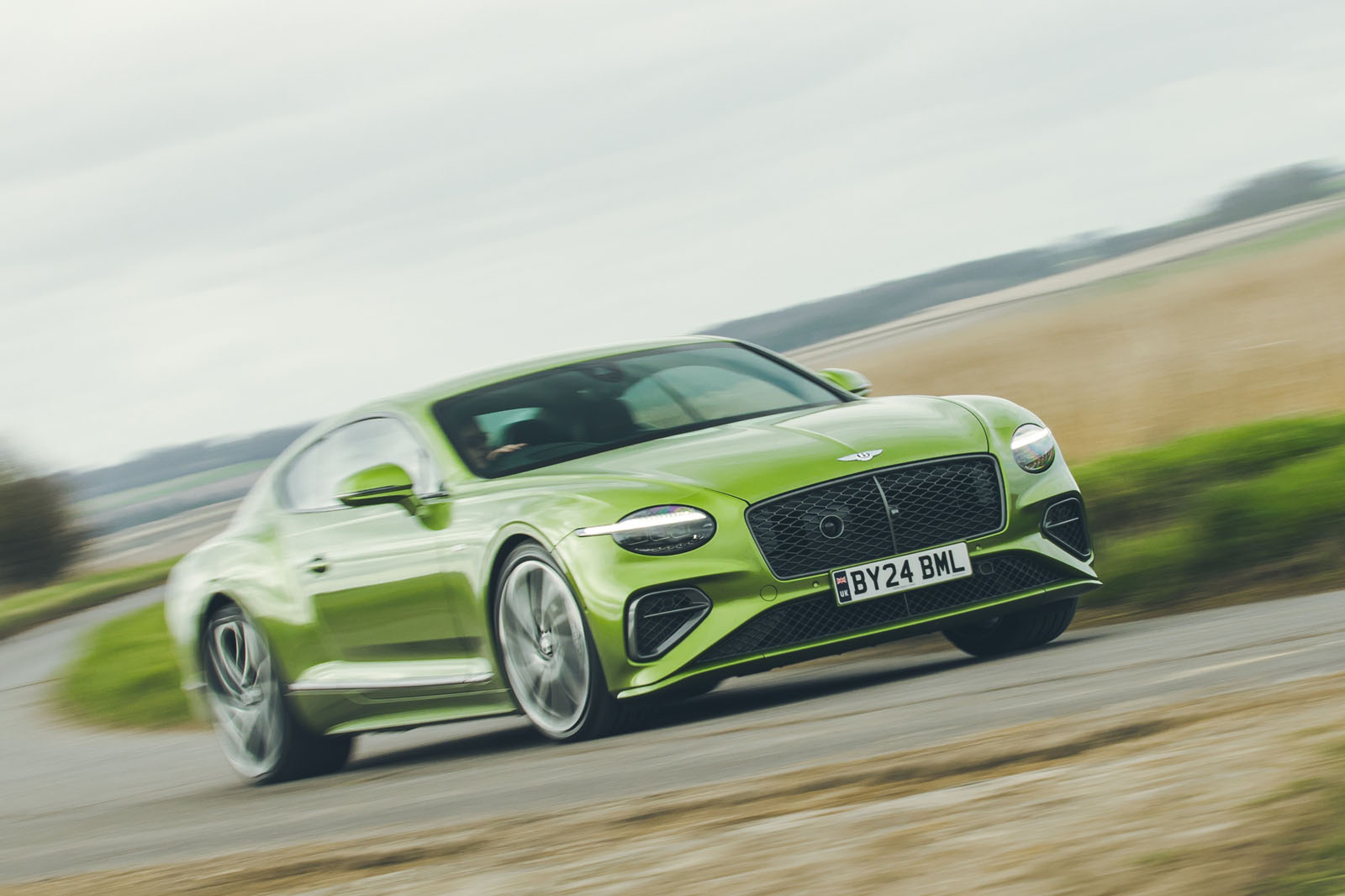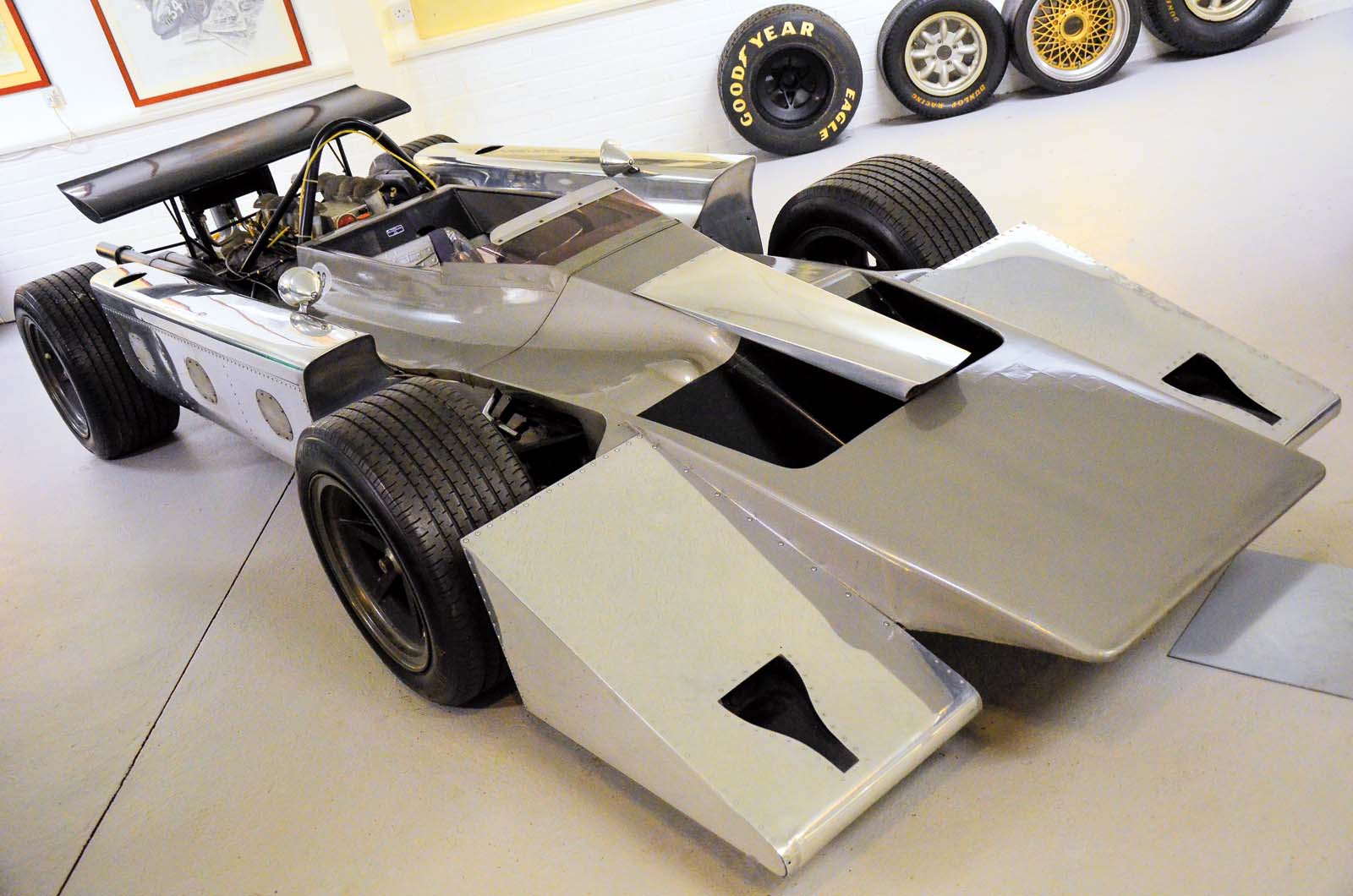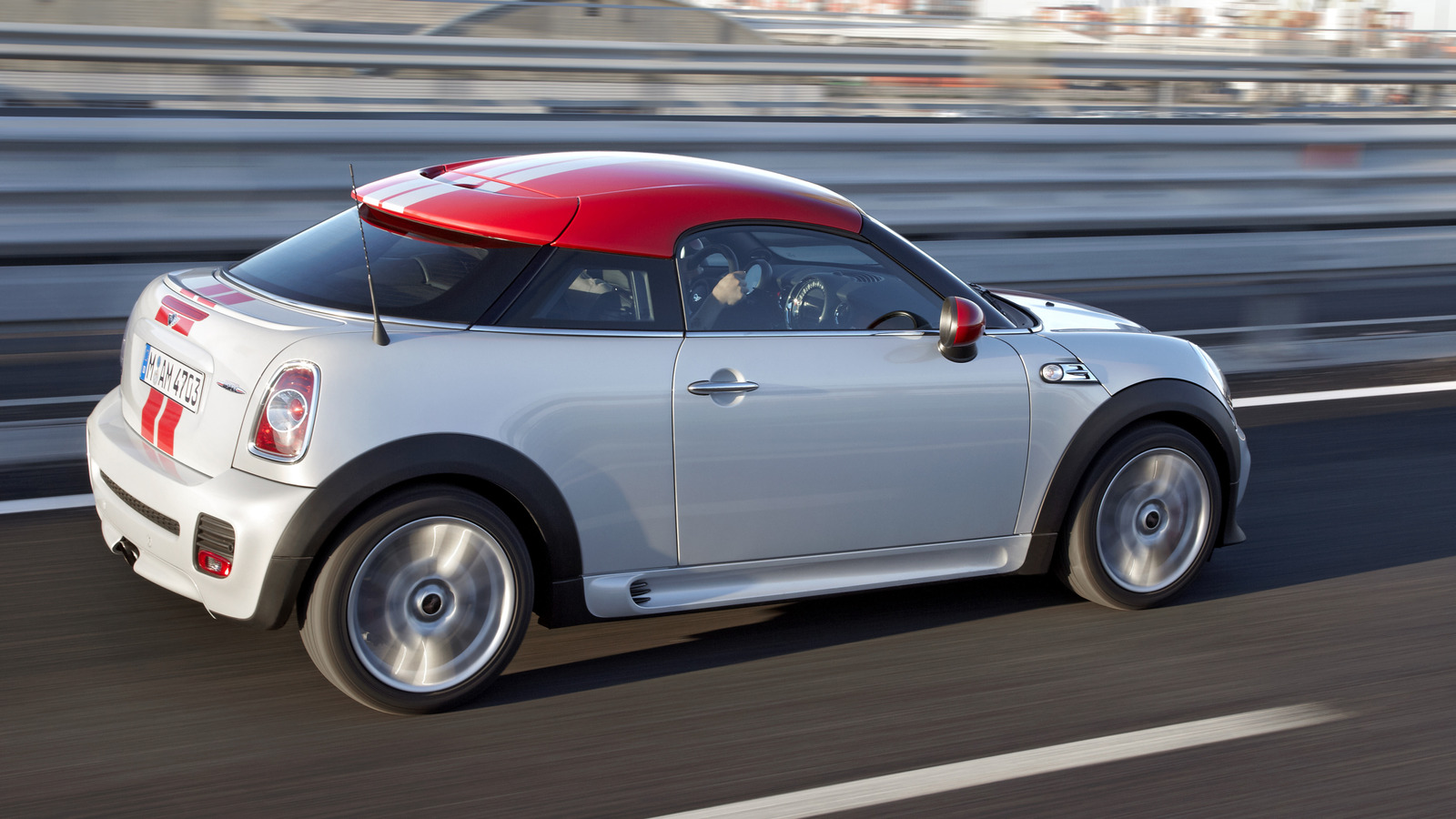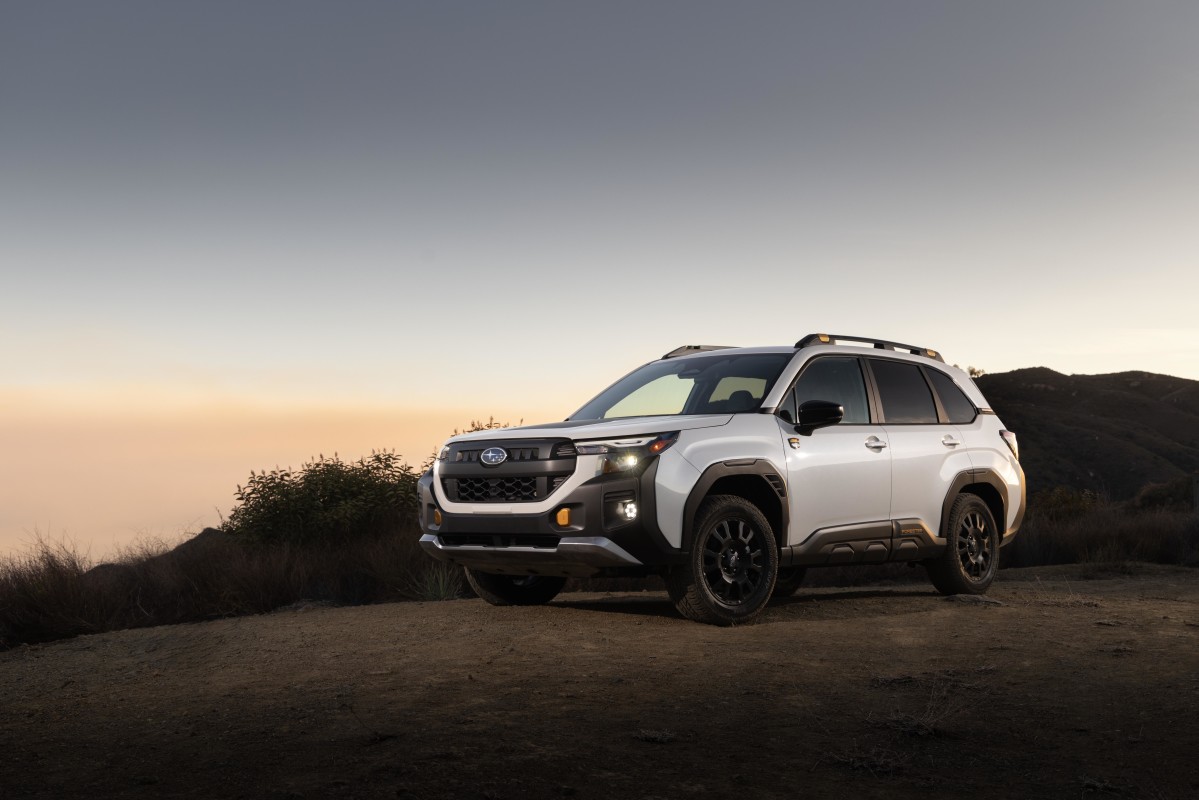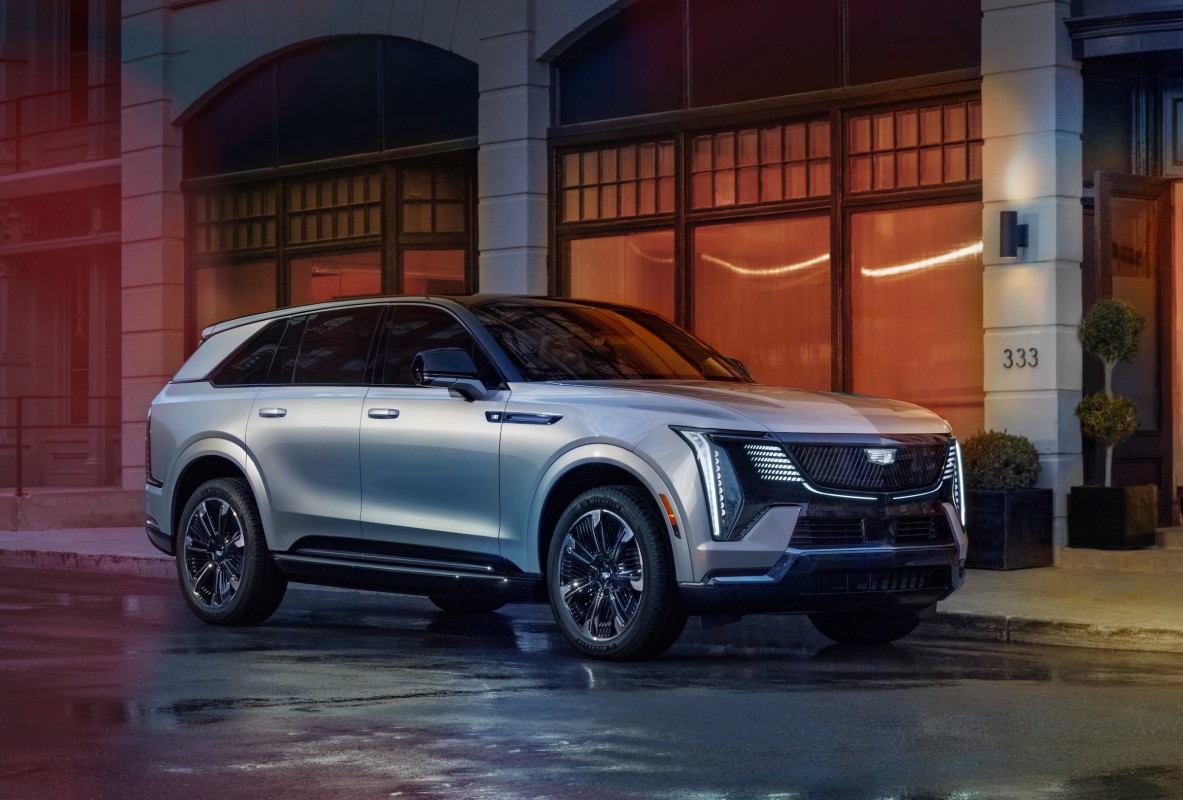Tesla Model Y vs Hyundai Ioniq 5: Which is better?
Looking for a long-range EV SUV? The Tesla Model Y and Hyundai Ioniq 5 are two great choices. But which is the better one?
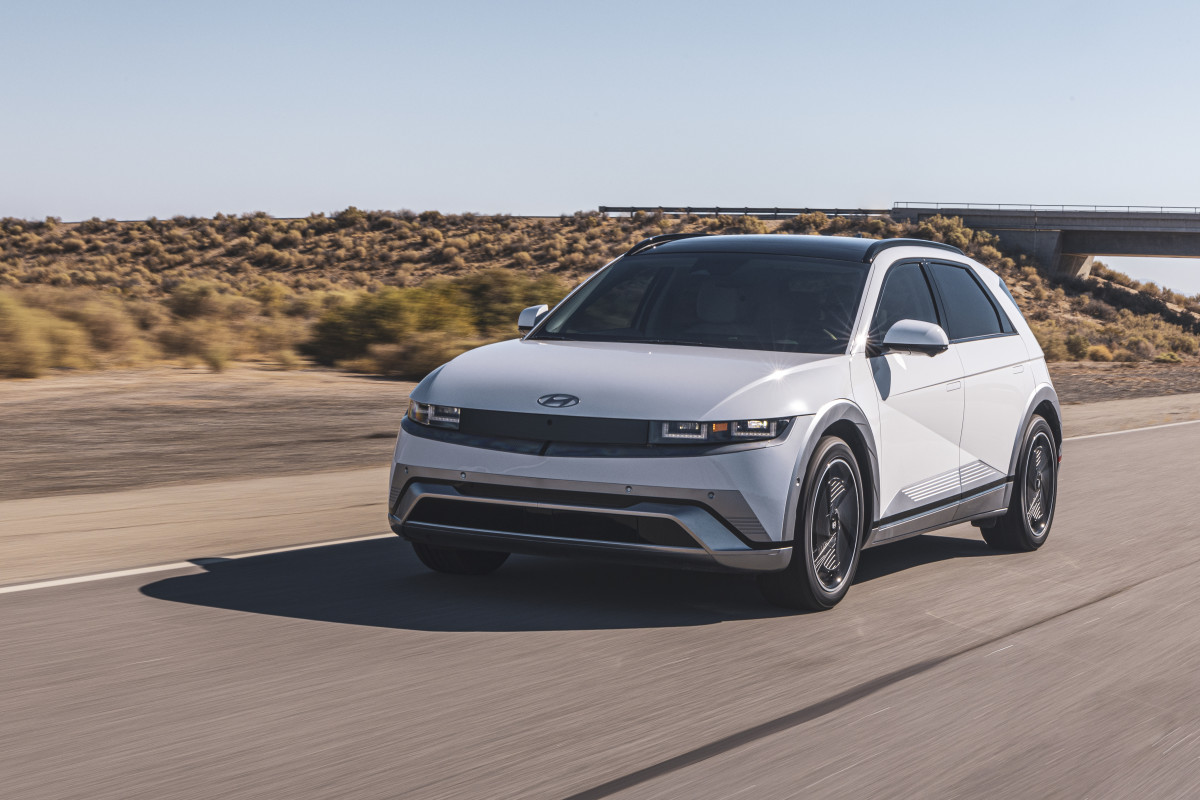
Tesla and Hyundai make two of the best EV SUVs you can buy today. The Tesla Model Y is hard to miss; it’s the best-selling EV by a wide margin and dot roads nationwide.
On the other hand, Hyundai’s Ioniq 5 is a well-received, highly rated EV SUV that holds its own. Though not quite as popular, it’s an excellent alternative that deserves consideration.
As equally matched as these two EVs are, there are pros and cons you’ll need to account for when making your next purchase. Here’s what you need to know.
Related: Model 3 vs. Model Y: Which Tesla should you buy? Tesla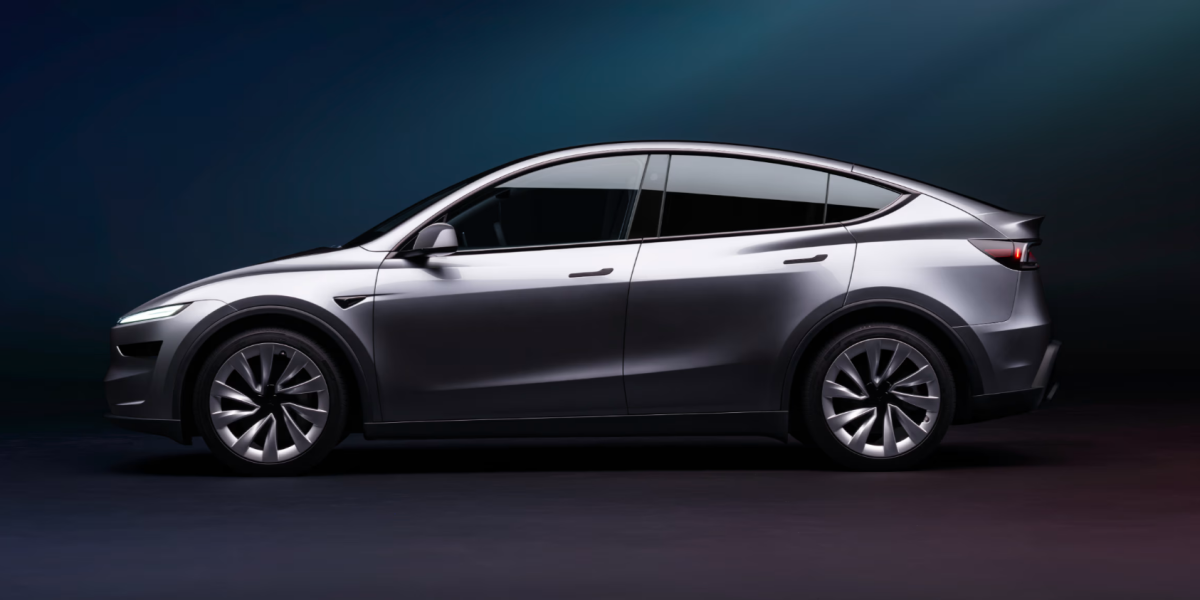
Tesla Model Y vs. Hyundai Ioniq 5: Pricing
Here’s a pricing breakdown of each trim for the Tesla Model Y and Hyundai Ioniq 5:
Tesla Model Y pricing (without “gas savings” estimates)
- Tesla Model Y Long Range RWD: $44,990
- Tesla Model Y Long Range AWD: $47,990
- Tesla Model Y Performance AWD: $51,490
- Tesla Model Y Launch Edition AWD: $55,990
Hyundai Ioniq 5 pricing
- SE Standard Range RWD: $42,500
- SE RWD: $46,550
- SE AWD: $50,050
- SEL RWD: $49,500
- SEL AWD: $53,000
- XRT AWD: $55,400
- Limited RWD: $54,200
- Limited AWD: $57,700
Pricing is reasonably equal, but that might not be the whole story. Hyundai dealerships are still implementing COVID-era markups on most vehicles, and we’ve seen Ioniq 5 markups up to $5,000. While they are negotiable, dealers are unlikely to waive them, especially for a vehicle as popular as the Ioniq 5.
Related: Lucid wants to sell a lot more than just cars
Range, charging, and performance for the Tesla Model Y and Hyundai Ioniq 5
When it comes to EVs in everyday driving scenarios, range matters most. Acceleration is excellent on all-electric vehicles, and there’s little chance you’ll need to test Tesla’s top speeds.
Tesla Model Y range and performance
- Tesla Model Y Long Range RWD: 337 miles of range, 135 mph top speed, 0-60 in 6.5 seconds
- Tesla Model Y Long Range AWD: 311 miles of range, 135 mph top speed, 0-60 in 4.8 seconds
- Tesla Model Y Performance AWD: 277 miles of range, 155 mph top speed, 0-60 in 3.5 seconds
Hyundai Ioniq 5 range and performance
- SE Standard Range RWD: 245 miles of range, 168 hp (125kW)
- SE RWD: 318 miles of range, 225 hp (168kW)
- SE AWD: 290 miles of range, 320 hp (74kW + 165kW)
- SEL RWD: 318 miles of range, 225 hp (168kW)
- SEL AWD: 290 miles of range, 320 hp (74kW + 165kW)
- XRT AWD: 259 miles of range, 320 hp (74kW + 165kW)
- Limited RWD: 318 miles of range, 225 hp (125kW)
- Limited AWD: 269 miles of range, 320 hp (74kW + 165kW)
Hyundai doesn’t note 0-60 times or top speed on its site, and Tesla doesn’t list the kW or horsepower of its vehicles, making this one hard to compare.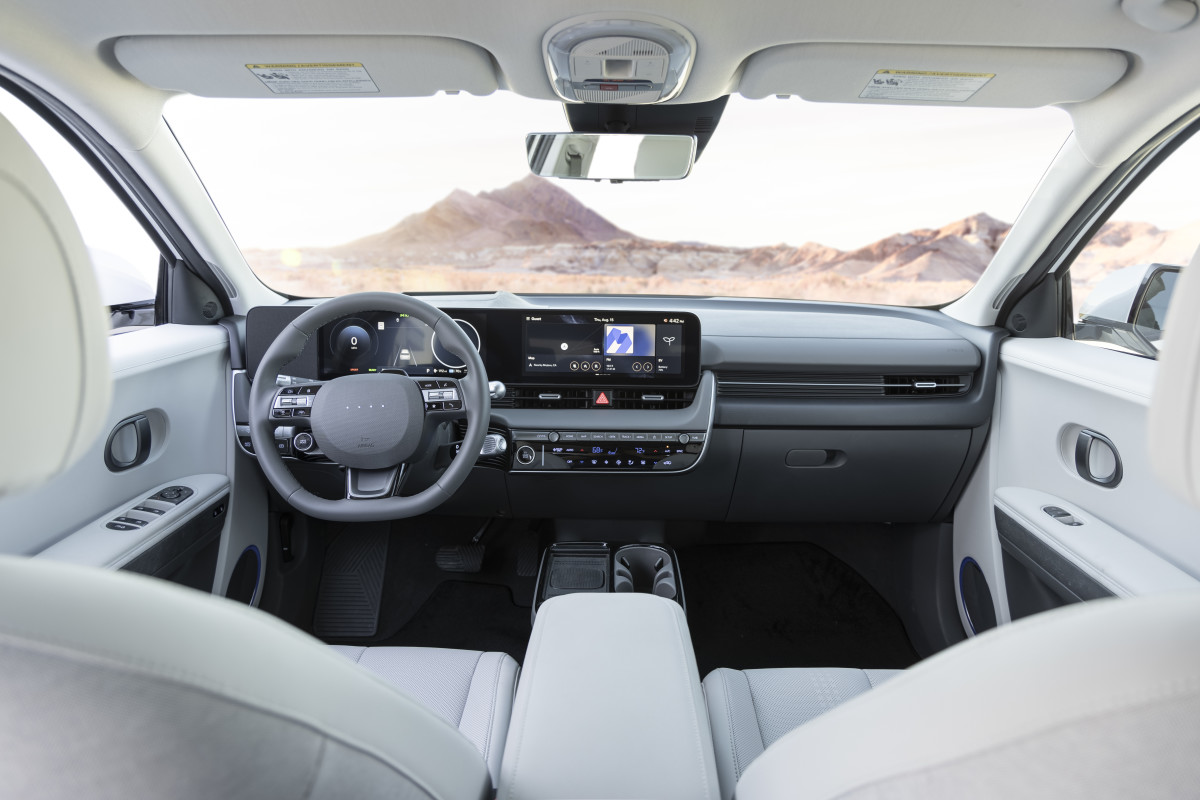
Interior
The Tesla interior design ethos is that less is more. The automaker has pioneered minimalist interiors for EVs and has remained firm in this belief.
Hyundai does a great job melding “traditional” auto interiors with minimalism for its Ioniq 5. It has actual dash-mounted buttons for essential controls like AC and a more robust steering wheel button layout than Tesla.
The Tesla Model Y has an iconic (and massive) center-mounted display unit where it hides controls and settings. Many deride this choice.
Related: Farewell to the stick shift: these cars lost their manual transmissions in 2025
Hyundai chose a dual-display arrangement, with one sitting behind the wheel and the other being center-mounted to the right of the first display. Both displays are encased in a single assembly that takes up half the dashboard. Still, it’s another nod to the familiar for Hyundai, reducing the learning curve for those buying their first EV.
Neither interior feels particularly premium, but we do appreciate Hyundai's decisions. Both have great driver cockpits and plenty of space up front, but the rear seat of the Ioniq 5 feels a bit roomier. The Model Y does have a lot of glass, though, which can make the ride a bit noisy to some. Tesla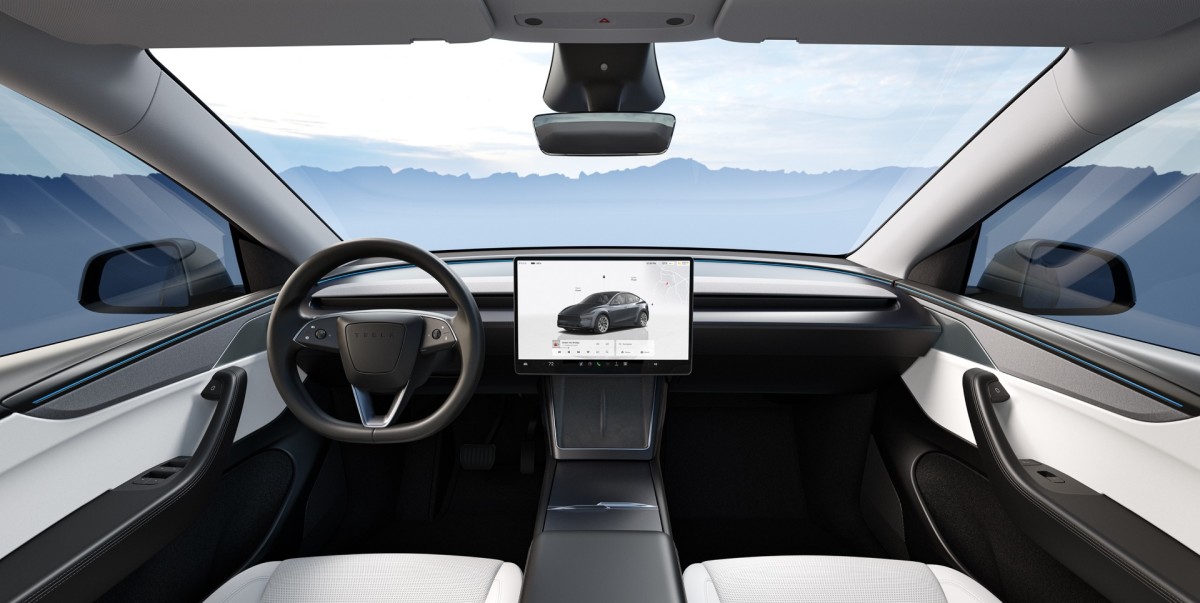
Exterior
Both vehicles have an SUV/crossover aesthetic sporting four doors and an athletic stance. The Model Y is sportier with its sloping rear roofline, while the Ioniq 5 is boxier.
The Ioniq 5’s lights are a bit like an old LED panel, and the vehicle has a lot of plastic, giving it a cheaper aesthetic than we like. The Model Y is not a premium vehicle by any stretch, but we appreciate its minimal use of plastics around the bottom of the car.
If you had told us that one of the two companies had decades of design experience behind its EV, we wouldn’t have guessed it was Hyundai. Overall, we prefer the Tesla Model Y.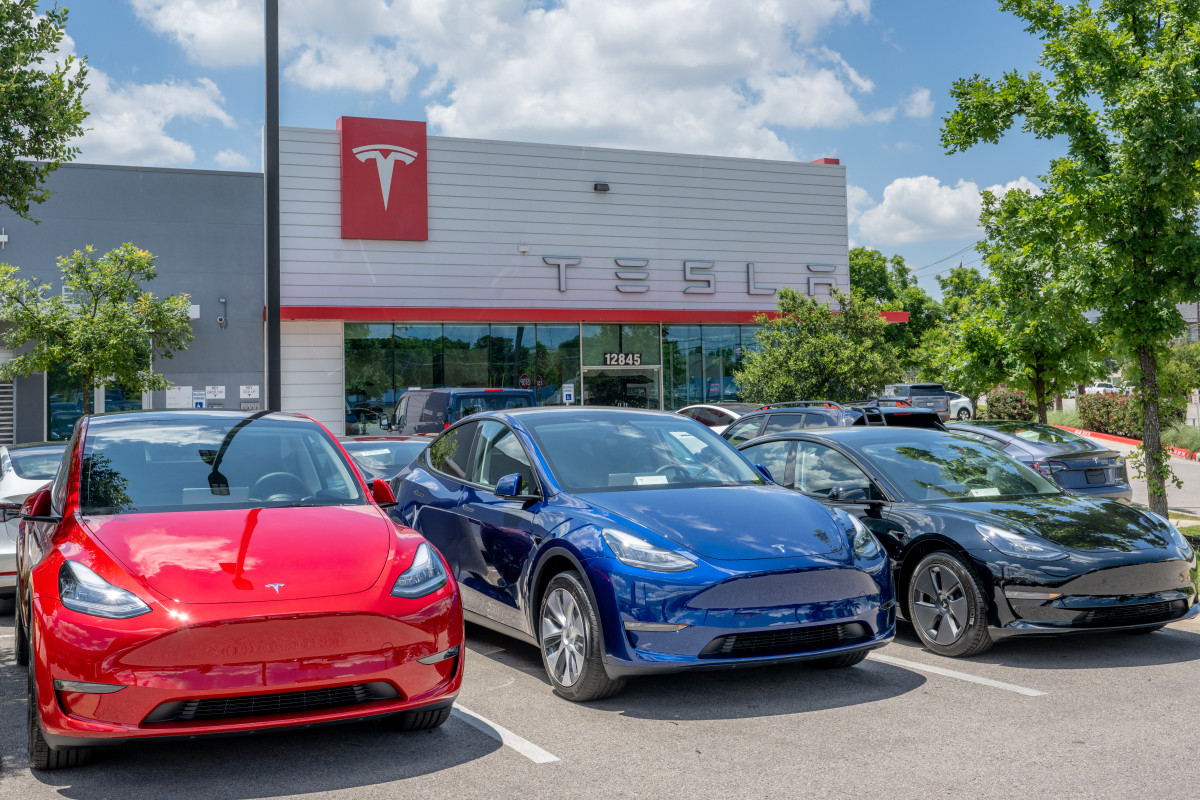
Ride and handling
This one is a toss-up as both offer a smooth ride, able handling, and plenty of pep. The Ioniq 5 has less body lean and a slightly longer wheelbase (118.1 vs 113.8), so we suspect some may prefer it. The Model Y has a stiffer suspension, too, which makes the Ioniq 5 more pleasant to drive for most drivers.
One area in which the two differ significantly is regenerative braking. We think Tesla does regenerative braking better, and in one-pedal driving scenarios, it feels more natural and comes to a proper stop when you expect it to. The Ioniq 5 drives more like an ICE vehicle, and the regenerative braking is less aggressive.
Both cars have level-2 driver assistance, meaning these vehicles can autonomously steer, brake, accelerate, and stop as long as the driver monitors the road and traffic. Tesla’s “Autopilot” offers more suggestions, like lane changes and automatically engaging the turn signal, but it still requires driver awareness.
Related: Most Tesla drivers won’t get self-driving without a hardware upgrade
Other considerations
If you’re a CarPlay or Android Auto stalwart, know that Tesla doesn’t support either. Teslas are best when subscribing to the Premium Connectivity package for $99/year.
The Tesla charging network is superior, and both models can access it. Both vehicles also accept DC fast charging, with the Tesla Model Y adding 162 miles of range in 15 minutes and the Hyundai Ioniq 5 charging from 10 percent to 80 percent in 18 minutes.
Final thoughts
If the EV SUV segment were a fight, Hyundai would be the only manufacturer that toed the line and squared up to Tesla. Spec for spec and pound for pound, these two cars are equally matched.
Aesthetically, we prefer the Model Y. From a “pure driving” point of view, the Ioniq 5 wins. Inside, neither is premium, but we suspect many will prefer the Ioniq’s more accessible, conventional, and familiar design ethos.
We abhor Hyundai dealers' continued use of markup pricing as much as we are bemused and often appalled by Elon Musk’s antics. Teslas are quickly becoming targets for people’s discomfort with Musk.
Overall, we'd say the Ioniq 5 is an excellent choice if you can accept a shorter range.
Love reading Autoblog? Sign up for our weekly newsletter to get exclusive articles, insider insights, and the latest updates delivered right to your inbox. Click here to sign up now!
Related: Every sub-$100k convertible you can buy in America in 2025

















